Canada’s Game-Changing Work Policy for International Students Starting Fall 2024
On April 29, Immigration, Refugees and Citizenship Canada (IRCC) announced a groundbreaking change set to benefit international students nationwide. Beginning in Fall 2024, international students will be permitted to work off-campus for up to 24 hours per week while classes are in session. This significant shift from the previous 20-hour limit offers students newfound flexibility and financial relief.
A Major Policy Upgrade for International Students
The upcoming policy change marks a dramatic departure from the temporary measures that allowed unlimited working hours during academic sessions. Effective Fall 2024, international students will continue to enjoy the freedom to work full-time during academic breaks, such as summer and winter holidays. This adjustment is poised to ease financial burdens and enhance the overall student experience in Canada.
How Canada’s Policy Stacks Up Against Global Standards
Canada’s new work policy aligns favorably with international standards, positioning it as a competitive choice for global students. Here’s a comparative overview of work hour policies in top international student destinations:
United States (17%): International students with an F-1 visa can work up to 20 hours per week on-campus. Off-campus work is permitted for up to 20 hours per week during school sessions, with full-time work allowed during breaks.
United Kingdom (11%): According to the UK Council for International Student Affairs (UKCISA), international students can work up to 10 or 20 hours per week during term time, depending on their visa. Full-time work is allowed during non-academic periods, though students must adhere to any additional restrictions imposed by their institution.
Canada (10%): Starting Fall 2024, Canada’s policy will permit international students to work 24 hours per week off-campus during the academic year, with full-time work allowed during scheduled academic breaks
France (6%): In France, international students can work up to 964 hours annually, equivalent to about 21 hours per week. Students can also work up to 670 hours from September to June and 300 hours from July to August.
Australia and Germany (6% each): In Australia, student visa holders may work up to 48 hours per fortnight while studying, with no work restrictions during breaks. In Germany, international students are allowed to work up to 20 hours per week during term time
The Value of Work Opportunities for International Students
The ability to work while studying is more than just a financial necessity – it’s a transformative opportunity. It enables students to support themselves and their families, gain critical work experience, and fully integrate into the local culture. For many, it’s a crucial step toward achieving career goals and building a successful future in Canada.
Eligibility for Working While Studying in Canada
To benefit from this new policy, international students must meet specific eligibility criteria:
Valid Study Permit: Students must possess a valid study permit.
Enrollment at a Designated Learning Institution (DLI): Enrollment in a full-time program at a DLI is required.
Program Duration: The program must be at least six months long and lead to a degree, diploma, or certificate.
Social Insurance Number (SIN): A valid SIN is necessary for employment.
*Note: International students are authorized to work only once they have commenced their studies at a DLI. The study permit must specify whether on-campus, off-campus, or both types of work are permitted. *
Discover More About Working While Studying in Canada
This new policy is a remarkable opportunity for international students to enhance their educational journey in Canada. To learn more about eligibility and how to maximize your study and work experience, visit the working while studying in Canada.
Key Takeaways:
- Starting Fall 2024, international students can work 24 hours per week off-campus.
- Full-time work is permitted during academic breaks.
- The new policy enhances Canada’s competitive edge as a study destination.
Embrace this opportunity and take a step toward a rewarding academic and professional future in Canada!



